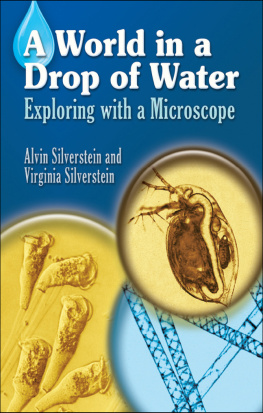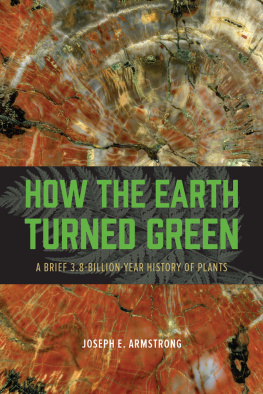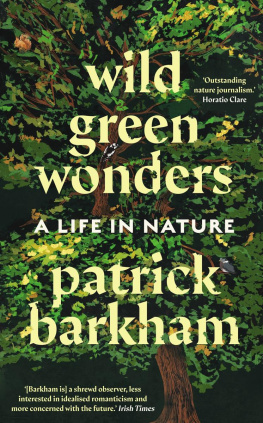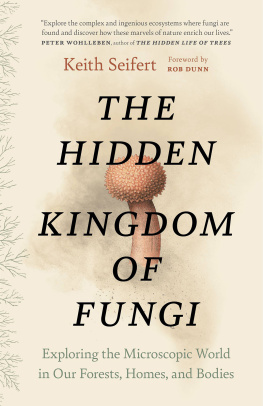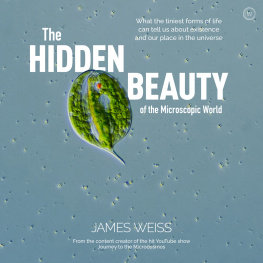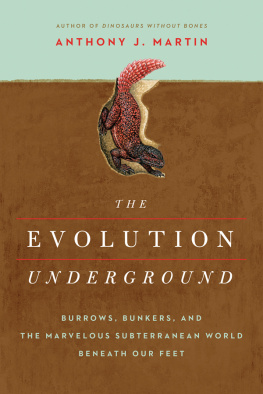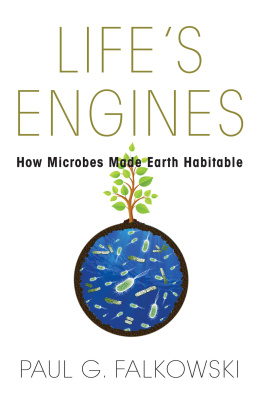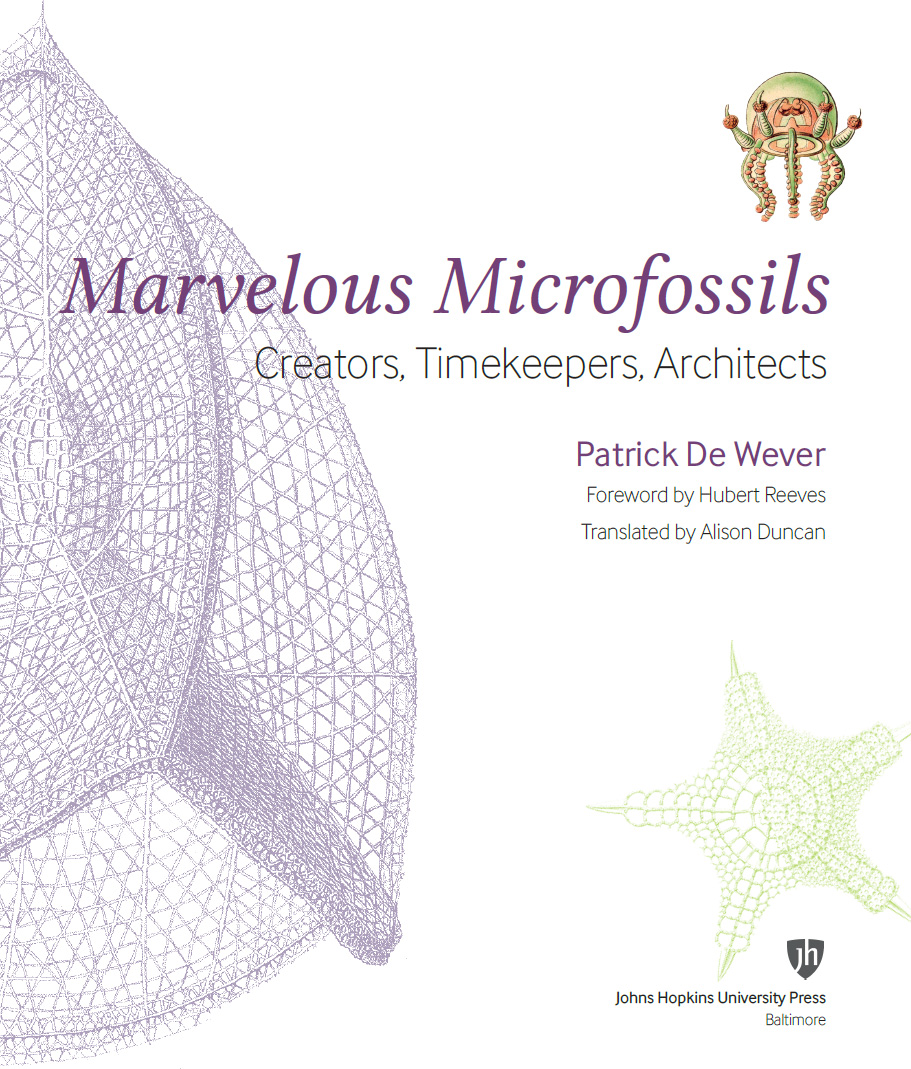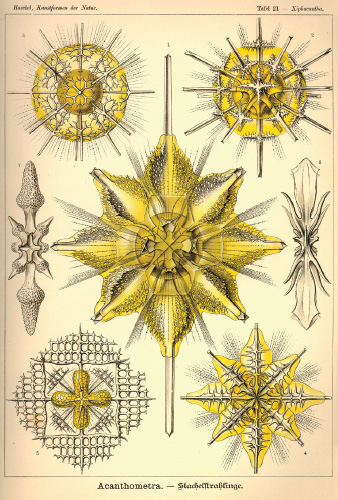Patrick De Wever - Marvelous Microfossils: Creators, Timekeepers, Architects
Here you can read online Patrick De Wever - Marvelous Microfossils: Creators, Timekeepers, Architects full text of the book (entire story) in english for free. Download pdf and epub, get meaning, cover and reviews about this ebook. year: 2020, publisher: Johns Hopkins University Press, genre: Religion. Description of the work, (preface) as well as reviews are available. Best literature library LitArk.com created for fans of good reading and offers a wide selection of genres:
Romance novel
Science fiction
Adventure
Detective
Science
History
Home and family
Prose
Art
Politics
Computer
Non-fiction
Religion
Business
Children
Humor
Choose a favorite category and find really read worthwhile books. Enjoy immersion in the world of imagination, feel the emotions of the characters or learn something new for yourself, make an fascinating discovery.

- Book:Marvelous Microfossils: Creators, Timekeepers, Architects
- Author:
- Publisher:Johns Hopkins University Press
- Genre:
- Year:2020
- Rating:4 / 5
- Favourites:Add to favourites
- Your mark:
Marvelous Microfossils: Creators, Timekeepers, Architects: summary, description and annotation
We offer to read an annotation, description, summary or preface (depends on what the author of the book "Marvelous Microfossils: Creators, Timekeepers, Architects" wrote himself). If you haven't found the necessary information about the book — write in the comments, we will try to find it.
Training a powerful lens on the microscopic wonders of the universe, hundreds of photos, both exquisite and strange, accompany this startling expos of a secret world invisibly evolving around us for billions of years.
Silver Winner of the 2021 IBPA Benjamin Franklin Award for Nature & Environment
Microfossilsthe most abundant, ancient, and easily accessible of Earths fossilsare also the most important. Their ubiquity is such that every person on the planet touches or uses them every single day, and yet few of us even realize they exist. Despite being the sole witnesses of 3 billion years of evolutionary history, these diminutive fungi, plants, and animals are themselves invisible to the eye. In this microscopic bestiary, prominent geologist, paleontologist, and scholar Patrick De Wever lifts the veil on their mysterious world.
Marvelous Microfossils lays out the basics of what microfossils are before moving on to the history, tools, and methods of investigating them. The author describes the applications of their study, both practical and sublime. Microfossils, he explains, are indispensable in age-dating and paleoenvironmental reconstruction, which guide enormous investments in the oil, gas, and mining industries. De Wever shares surprising stories of how microfossils made the Chunnel possible and have unmasked perpetrators in jewel heists and murder investigations. He also reveals that microfossils created the stunning white cliffs on the north coast of France, graced the tables of the Medici family, and represent our best hope for discovering life on the exoplanets at the outer edges of our solar system.
Describing the many strange and beautiful groups of known microfossils in detail, De Wever combines lyrical prose with hundreds of arresting color images, from delicate nineteenth-century drawings of phytoplankton drafted by Ernst Haeckel, the father of ecology, to cutting-edge scanning electron microscope photographs of billion-year-old acritarchs. De Wevers ode to the invisible world around us allows readers to peer directly into a minute microcosm with massive implications, even traversing eons to show us how life arose on Earth.
Patrick De Wever: author's other books
Who wrote Marvelous Microfossils: Creators, Timekeepers, Architects? Find out the surname, the name of the author of the book and a list of all author's works by series.

